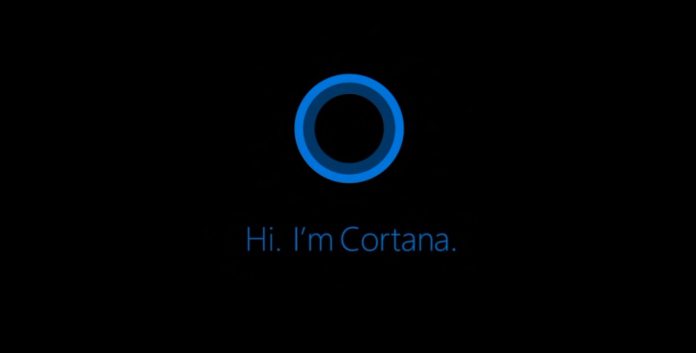Furthermore, the company is continuing to prepare Cortana for supporting voice commands. A recent Microsoft patent details voice input for third-parties using Cortana. The technology follows a previous patent for supporting silent voice control. Voice commands for Cortana are already available on may third-party service. In fact, voice input is a major part of the service’s abilities. However, the patent points out a method for mapping the assistant’s native voice for numerous reasons. Microsoft wants more clients to integrate voice commands to expand Cortana’s reach across third-party applications. Essentially, this means across apps, Cortana will have a universal voice. The company says it wants “an extensibility client that exposes an interface and service that enables third party applications to be integrated with the digital assistant”. With this ability developers can create “application user experiences [that] are rendered using the native voice of the digital assistant”. As usual, this is just a patent so keep in mind that it may never be developed to become a full feature.
Smart Home Update
Microsoft is clearly pushing its Cortana as a productivity assistant model. Not that the company is turning its back on the personal assistant qualities of the platform. In January, Microsoft launched new smart home capabilities for Cortana. Scenes allows users to pair smart home functions together. For example, users can sync lights and thermostats to work together through a single command with Cortana. For example, if you say, “getting home”, Cortana would set the lights and thermostat to a prearranged level. Microsoft says users can create complex scenes where multiple smart home functions are merged. Rules is a little simpler than Scenes, but still useful. Users can give smart home devices a single command that will be followed. For example, “Cortana, set the lights in the living room on dim at 10:00pm”.




